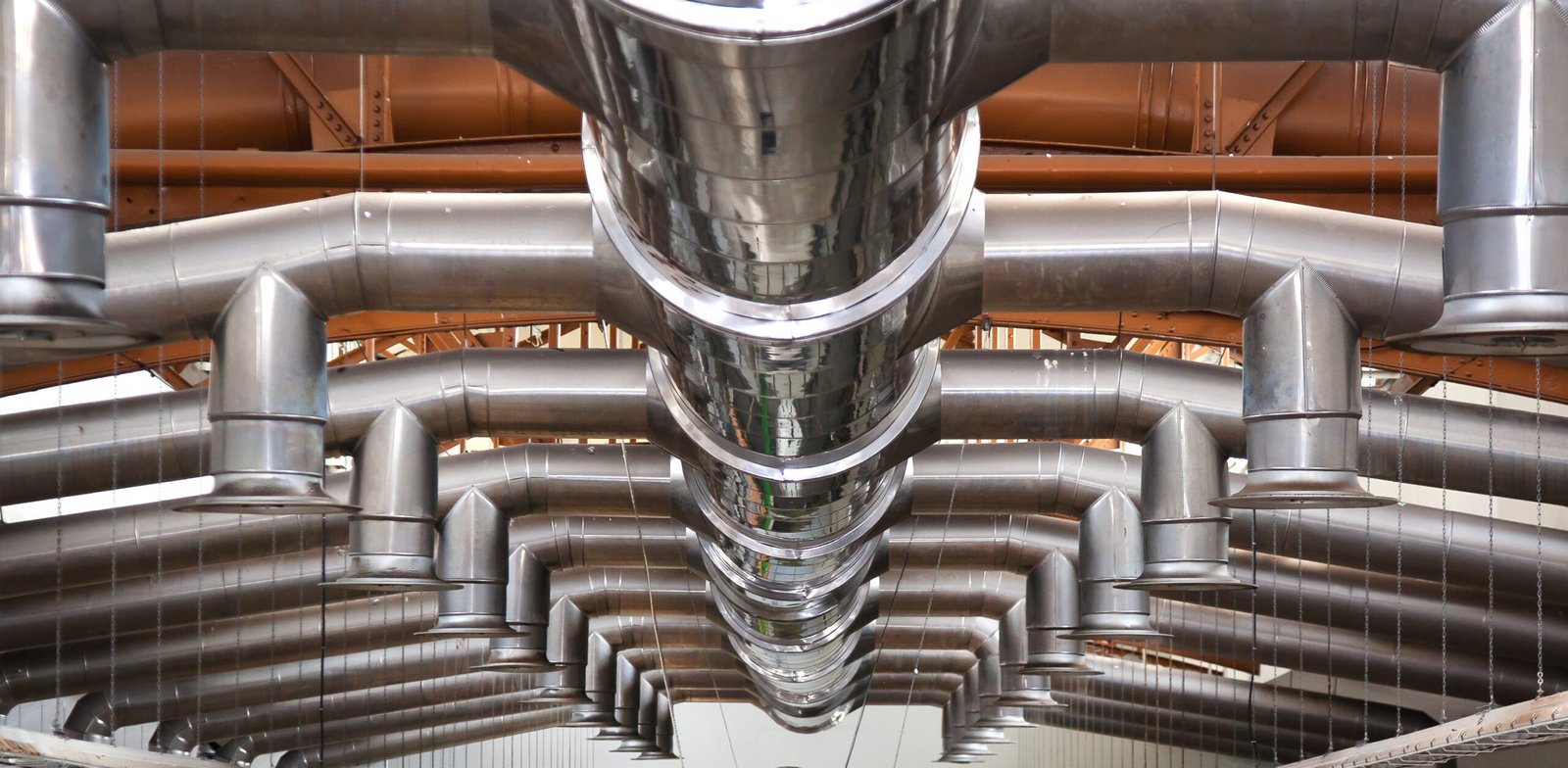In today’s fast-paced world, HVAC systems play a crucial role in maintaining indoor air quality and temperature control. Among the essential components of these systems, the flexible duct stands out as a vital element for efficient air distribution. Whether in residential or commercial buildings, flexible ducts provide an adaptable and convenient solution for air ventilation and circulation. Their ability to bend and adjust to different layouts makes them indispensable for HVAC installations.
What is a Flexible Duct?
A flexible duct is a type of duct used in HVAC (Heating, Ventilation, and Air Conditioning) systems. It’s made from a flexible material, typically a combination of plastic or metal with an insulating layer, which allows it to bend and adapt to various shapes and sizes without the need for joints or rigid sections. Flexible ducts are commonly used for air distribution because they can easily be installed in tight or hard-to-reach spaces. They are lightweight, easy to handle, and offer a more convenient alternative to rigid ducts.
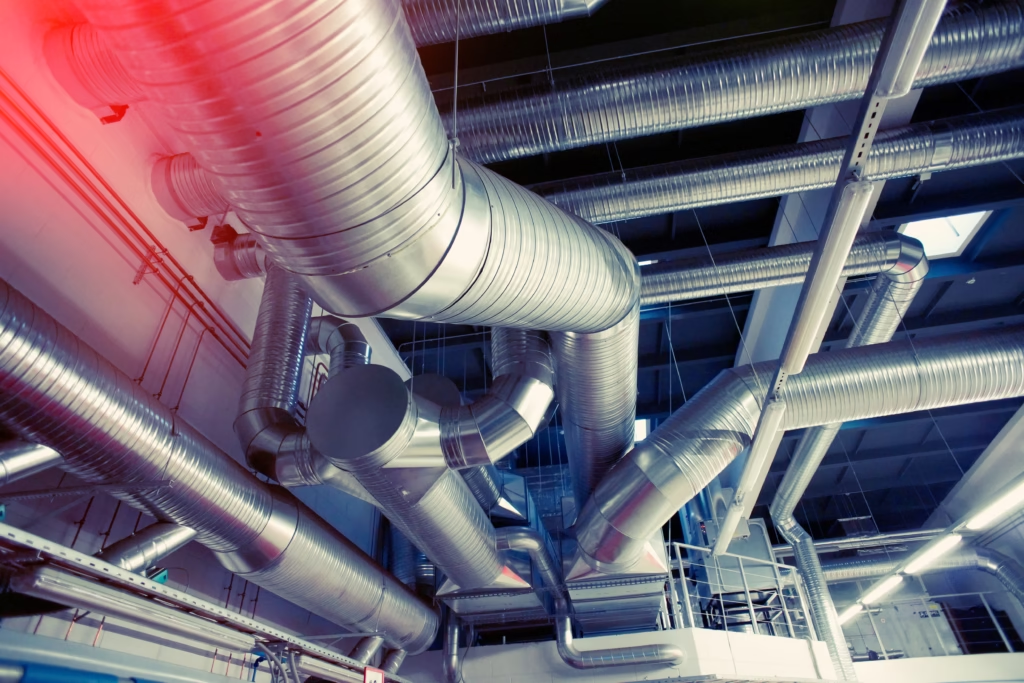
Types of Flexible Ducts:
Aluminum Flexible Ducts:
Aluminum flexible ducts are made from a strong, lightweight spiral-wound aluminum material. These ducts are a popular choice for residential air conditioning systems because they are highly flexible and can be easily installed in tight or hard-to-reach spaces. The aluminum material is resistant to corrosion, moisture, and temperature fluctuations, making these ducts durable and long-lasting.

They are commonly used in ceilings, walls, or other areas where efficient air distribution is needed. Aluminum ducts ensure smooth airflow, which not only helps maintain a consistent temperature but also makes them an energy-efficient option for many HVAC systems. Their durability and efficiency make them an ideal choice for both new installations and upgrades.
Foil Flexible Ducts:
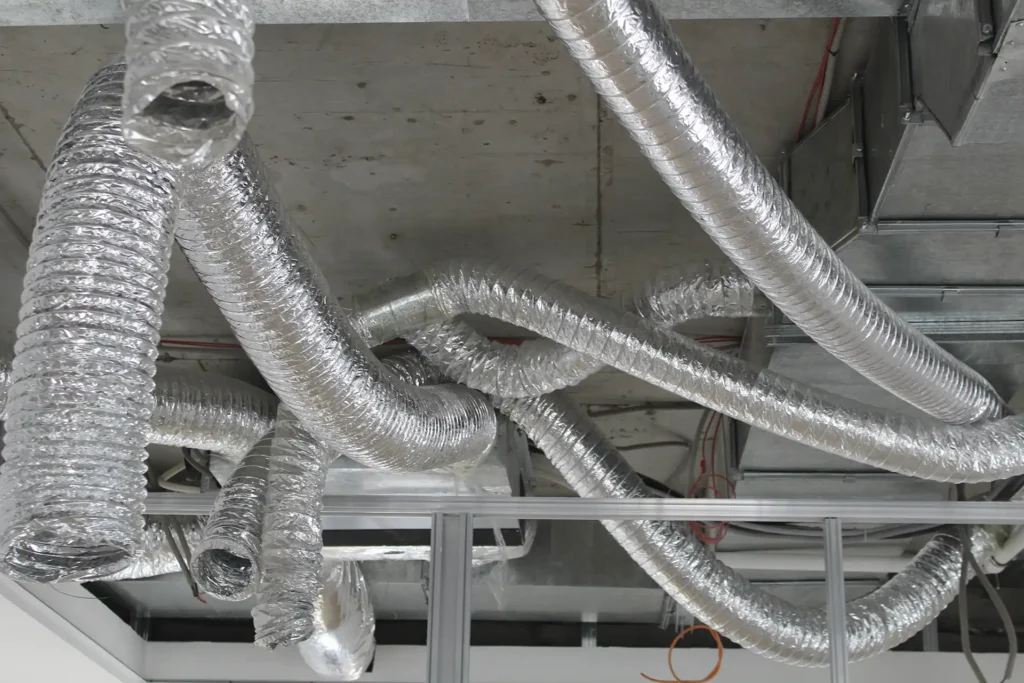
Foil flexible ducts are made of a combination of aluminum foil and a flexible inner lining. This combination of materials makes foil ducts highly resistant to punctures and abrasions, while also allowing them to withstand extreme temperatures and high humidity levels. The foil material provides excellent thermal insulation, helping to prevent heat loss or gain and ensuring that the air remains at a consistent temperature. These ducts are commonly used in both residential and commercial HVAC systems, especially in environments where air conditioning needs to be efficiently distributed without sacrificing durability. Their ease of installation and affordability make them a popular choice for various applications.
Insulated Flexible Ducts:
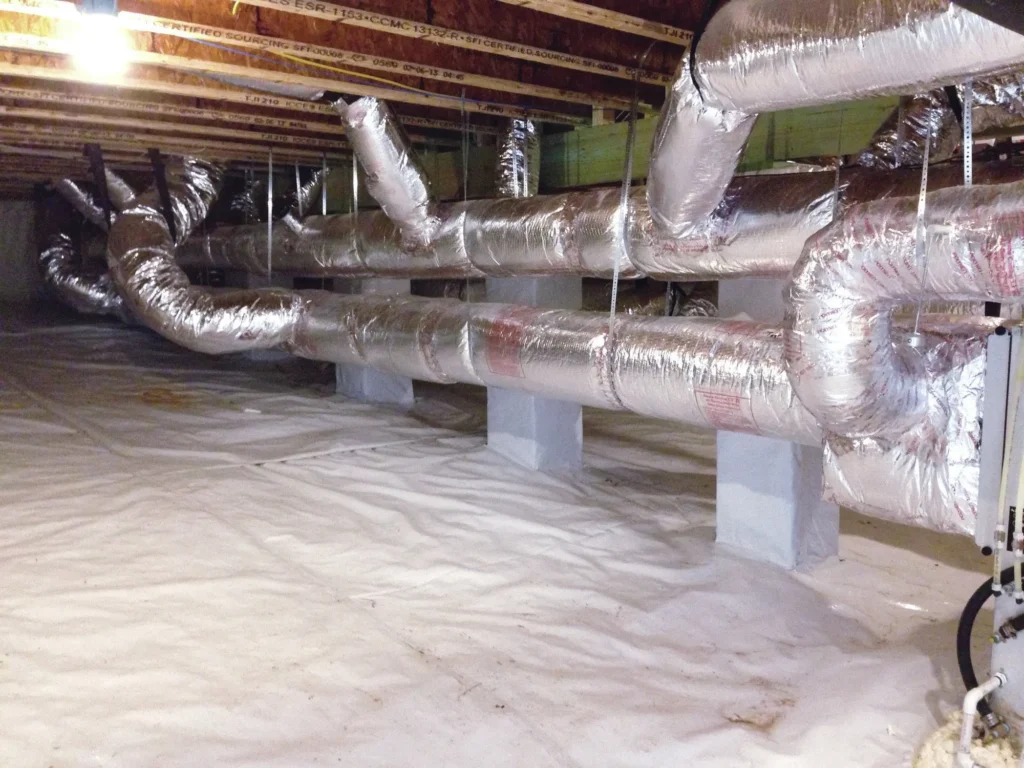
Insulated flexible ducts are designed with an added layer of insulation, typically made from fiberglass or foam, that surrounds the inner duct. This insulation layer serves multiple purposes: it helps maintain the temperature of the air traveling through the duct, reduces energy loss, and prevents condensation from forming on the outside of the duct. The insulating material also provides soundproofing, reducing noise from airflow. These ducts are commonly used in HVAC systems where maintaining the temperature of the air is crucial, such as in regions with extreme climates or in applications where energy efficiency is a priority. Insulated ducts are ideal for both residential and commercial HVAC systems, especially when air conditioning or heating is required to be efficient and consistent.
PVC Flexible Ducts:
PVC flexible ducts are made from polyvinyl chloride (PVC), a strong and durable plastic material that is resistant to corrosion, rust, and chemicals. PVC ducts are typically used in low-pressure air systems and are known for their smooth interior walls, which promote better airflow compared to some other duct types. They are lightweight, easy to handle, and offer a longer lifespan than other flexible duct materials. While they are not as commonly used for high-pressure systems, they are ideal for applications where a strong, corrosion-resistant duct is needed for ventilation or air distribution. PVC flexible ducts are often employed in residential HVAC systems but can also be used in light commercial settings.
Tubular Duct
A tubular duct is a type of duct that is typically round or cylindrical in shape, used in HVAC systems to transport air throughout a building. Tubular ducts are known for their smooth, uninterrupted interior surfaces, which help reduce friction and resistance, improving airflow efficiency.

These ducts are often made from materials like galvanized steel or aluminum, providing durability and strength. The circular shape of tubular ducts ensures a more efficient flow of air compared to other shapes, like rectangular ducts, as it minimizes air turbulence and reduces the energy needed to push air through the system.
Tubular ducts are commonly used in both residential and commercial HVAC systems, particularly where space is limited or a high-performance system is required. Their streamlined design and efficiency make them ideal for applications where energy savings and air quality are priorities.
Spiral Flexible Ducts:
Spiral flexible ducts are made from strong materials like galvanized steel and have a spiral-wound design. This makes them more durable and rigid than other types of flexible ducts, making them perfect for high-pressure applications where strength is important. While they are not as flexible as other ducts, their tough construction allows them to handle larger airflow volumes and higher pressures.
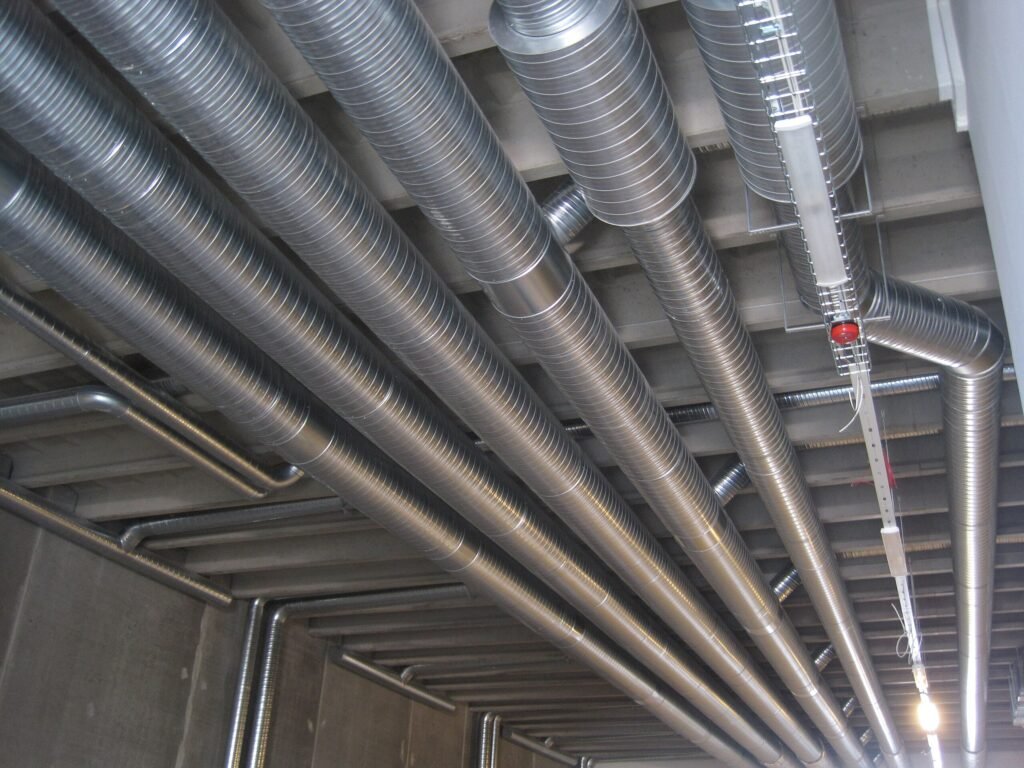
These spiral ducts are commonly used in large commercial and industrial HVAC systems, such as in office buildings, factories, or warehouses, where efficient air distribution is needed. Even though they are more rigid, they are still relatively easy to install in different setups and spaces.
Round Ducts:
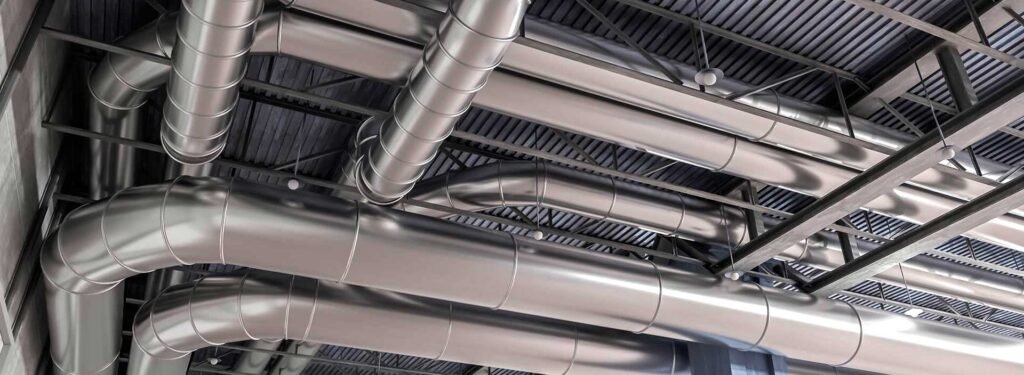
Round ducts are a type of rigid duct commonly used in HVAC systems for efficient air distribution. These ducts are characterized by their circular shape, which allows for smooth airflow and minimizes friction loss, improving energy efficiency. Round ducts are often made from galvanized steel or aluminum and are used in both residential and commercial HVAC systems. Their simple design ensures that air moves through the ducts with minimal resistance, making them a cost-effective and reliable choice for many HVAC applications.
How Flexible Ducts Work and their role in HVAC system
Flexible ducts play a key role in HVAC systems by ensuring heated or cooled air reaches every part of a building. They connect to the main ductwork or air handling unit, helping maintain a comfortable temperature in each room or zone.
One of the biggest advantages of flexible ducts is their ability to bend and fit into tight spaces. Unlike rigid ducts, they can be easily routed through walls, ceilings, or around obstacles. This makes them ideal for both new installations and upgrades in older buildings, allowing for quick and hassle-free setup without major modifications.
Insulated flexible ducts also improve energy efficiency by maintaining the air’s temperature. The insulation helps prevent heat loss in cold weather and heat gain in hot weather, reducing energy consumption and ensuring a stable indoor climate.
Understanding Duct Banks and Their Role in HVAC and Utility Systems
Duct banks play a critical role in managing and protecting multiple utilities, such as HVAC ducts, electrical cables, and telecommunications pipes, particularly in large-scale commercial, industrial, or infrastructural projects. In HVAC systems, duct banks house both flexible and rigid ducts, which distribute conditioned air (heating, cooling, and ventilation) throughout a building. These ducts are placed together in a single encased structure, which ensures that they are safe from environmental factors like moisture, physical damage, and corrosion.
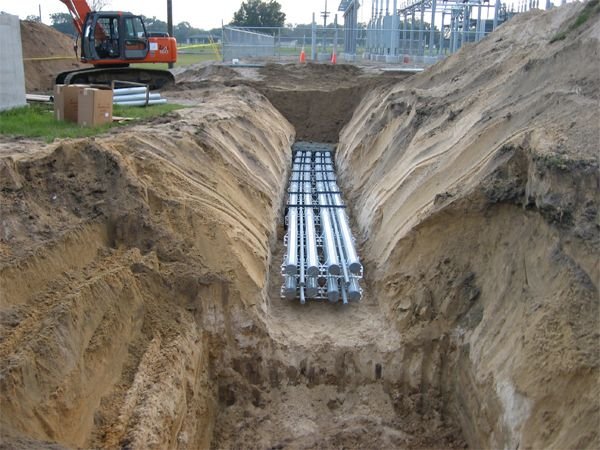
The material used for encasing the ducts, such as concrete, PVC, or metal, provides additional protection and durability. Duct banks not only safeguard the ducts but also simplify the installation process by consolidating multiple utilities into one pathway, reducing the need for extensive excavation. Additionally, duct banks help save valuable space, particularly in urban or commercial settings, where space is limited.
Duct Connectors and Their Importance
Duct connectors are critical components used to link flexible ducts, round ducts, or other types of ducts in HVAC systems. These connectors ensure a secure, leak-free connection between ducts, preventing the loss of conditioned air and improving system efficiency. Available in various materials like metal or rubber, duct connectors come in different shapes and sizes to accommodate the specific needs of the HVAC system. They are designed to withstand temperature fluctuations, pressure changes, and vibrations, making them durable and reliable for long-term use in both residential and commercial settings.
Why Choose Round Ducts for Your HVAC System?
A round duct is a type of pipe used in HVAC Service in Riyad to carry air throughout a building. Its circular shape helps improve airflow by reducing resistance and friction, which can waste energy. This design allows air to move smoothly through the duct, making the HVAC system more efficient.
Round ducts are usually made from materials like galvanized steel or aluminum, which are strong enough to handle the pressure of moving air while keeping their shape. The smooth, round inside surface of these ducts helps air flow easily, reducing turbulence and resistance. This makes round ducts more effective than other shapes, like rectangular ducts, at providing consistent air distribution.
Conclusion
In conclusion, both flexible ducts, duct banks, round ducts, and duct connectors are essential components of modern HVAC and utility systems. Flexible ducts offer flexibility in installation and efficiency in air distribution, making them ideal for residential and commercial HVAC systems. Meanwhile, duct banks provide a safe and organized way to house multiple utilities, ensuring long-term durability and ease of maintenance. Round ducts contribute to smooth airflow and energy efficiency, while duct connectors help ensure a secure and leak-free connection between ducts. Together, these systems work to create more efficient, safe, and reliable HVAC and utility infrastructures. At Airlution, we specialize in providing high-quality HVAC solutions, including expert air conditioning repair services, efficient duct systems, and customized duct manufacturing. Whether you’re in need of reliable air conditioning repair, a well-designed duct bank, or energy-efficient ducting solutions, Airlution is your trusted partner in creating sustainable and comfortable indoor environments. With a focus on premium materials and professional service, we ensure that your HVAC systems perform at their best for years to come.

